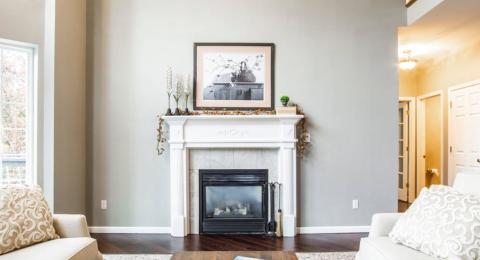

Your home is a space for relaxing, recharging and spending time with family. But there is a hidden danger you may not know about — radon.
Found in every home in Canada, radon is a radioactive gas that you can’t see, smell or taste. It comes from uranium in the ground surrounding your home and can in undetected through cracks and gaps in the floors, walls, windows and doors. The harmful gas is the number one cause of lung cancer for non-smokers.
Since we seal up our homes during the winter, radon can build up to dangerous levels. While it’s also a concern during the summer, radon has more chances to escape when we open windows and ventilate our homes.
Dangerous radon levels can be found in communities across the country, in both new and older homes. That’s why Health Canada is encouraging people to test for radon and take action if levels are high.
The only way to know if you have dangerous radon levels in your home is to do a simple and inexpensive test. You can do so by purchasing a DIY radon test kit, or by having a professional inspect your home like AmeriSpec. Experts recommend long-term testing for a minimum of three months to get an accurate reading.
But don’t worry if your test reveals that your home has levels that exceed 200 Bq/m3, the maximum recommended by Health Canada. Reducing radon in your home is straightforward. A radon mitigation system can be installed in less than a day and in most homes will reduce the radon level by more than 80 per cent, for about the same cost as other common household repairs like replacing the furnace or air conditioner.
Radon is one health risk that is easily preventable. Protect your family, reduce your risk of lung cancer and improve your long-term health by testing your home. Find more information at canada.ca/radon and also visit AmeriSpec's Healthy Homes website where we offer more information and what to do next.